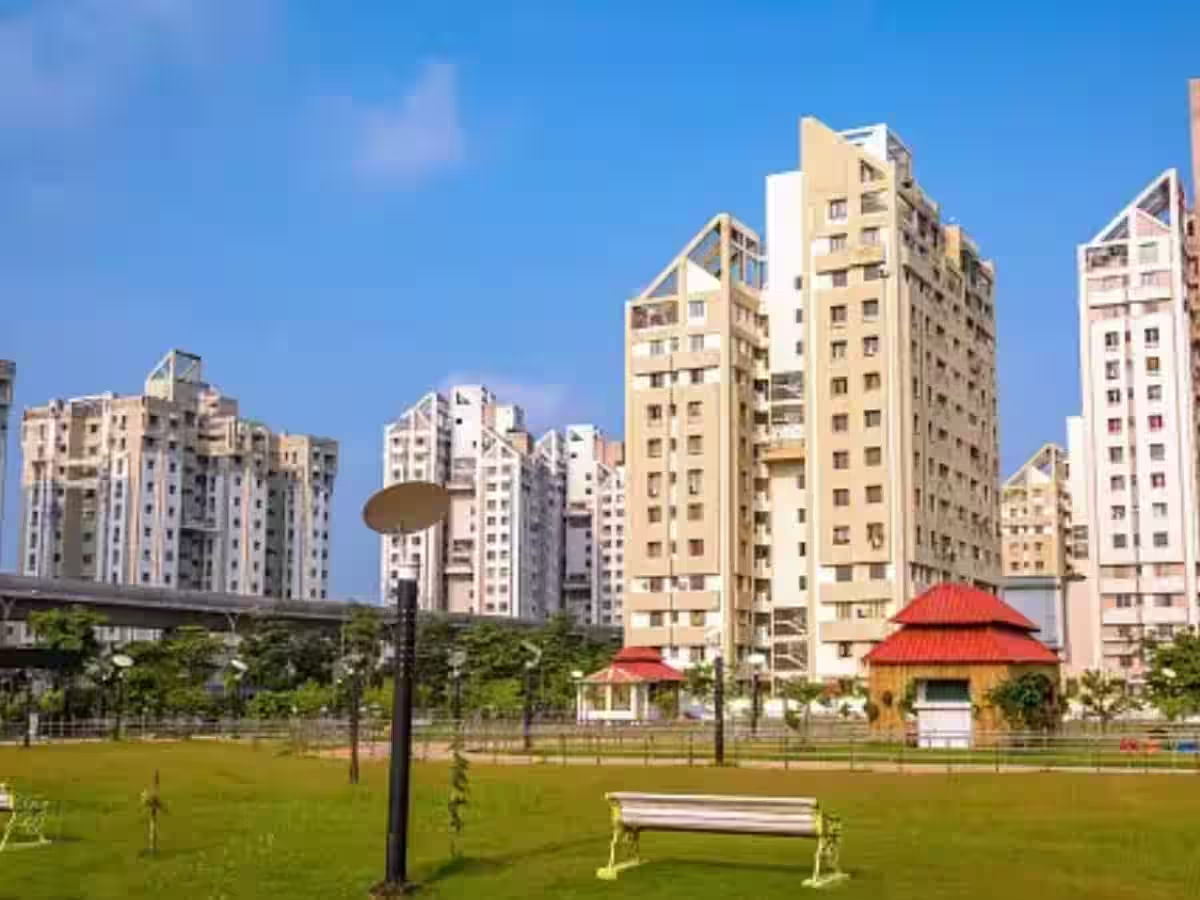Report
Multi-modal Infrastructure Steers India’s Real Estate Growth – ANAROCK Report


- Infrastructure & real estate together contribute 29.5% to India’s GDP – higher than US (22.6%) and China (17.6%)
- Budget allocations in infra see massive jump – from USD 791 bn in 2014-15 to USD 2,042 bn in 2019-20
- Sector attracted massive FDI worth INR 207 bn in last 5 years backed by growing economy & strong fundamentals
New Delhi, 01 March 2019: In line with its aim to enter the USD 5 trillion club economy by 2025 – which is highly dependent on real estate and infrastructure – the Government has taken a multi-modal approach towards infrastructure development in the country over the last five years.
Besides boosting the overall economy, this ‘infrastructure first’ approach is also steering real estate growth across India, finds the report ‘Infrastructure and Real Estate – A Fulcrum for Change and Economic Growth‘ by ANAROCK Property Consultants and Association of Infrastructure Industry (India). The report was released at the Infrastructure Summit 2019, organized by the Association of Infrastructure Industry (India) in Delhi today.
Anuj Puri – ANAROCK Property Consultants says, “Infrastructure is the lifeline of a country’s economy. The continued financial and policy support from the Government over the past 5 years is testimony to its unrelenting focus on this sector and its inherent benefits. With more policies focused towards development of roads and highways, railways, ports, airports, urban infrastructure and industrial corridors, India has garnered a uniquely proactive positioning globally. However, as this report points out, the sector still faces several challenges pertaining to clearances, delays, etc. which need to be urgently addressed.
“Despite its proactive via various policies favouring all-round development of physical infrastructure, the Government must focus on implementation and the fastest-possible pace.”
The report also underscores that India’s debt-to-GDP ratio is lower than that in US and China – a good indicator of the nation’s overall economic health. The fact that the majority of work in developing the nation comes through various revenue streams is a distinct advantage and growth indicator.
Dr P.R. Swarup, Director General, Construction Industry Development Council says, “Besides roads and railways, the Government’s support to other sectors such as aviation, shipping, housing and urban development will ensure holistic infrastructure development. To overcome the challenge of timely project execution, it needs to adapt to new technologies, methodologies and outlook. Simultaneously, it is important at this stage of growth that the well-being of human capital is kept at the core of all infrastructure development.”
Other highlights of the report
- Rapid liberalization in FDI policies over the last 5 years has attracted maximum inflows via the automatic route
- The total cost of roads and highways infrastructure in India has increased from INR 325 billion in 2013-14 to INR 1.2 trillion in 2017-18, mainly because of strong trade flows between states and rising industrial activity.
- The ongoing Dedicated Freight Corridor (DFC) will help improve transport infrastructure and establish dedicated industrial pockets or corridors along its route. This will have spiralling effect on the economy of the influence region and indirectly drive housing demand.
- India’s five industrial corridors will boost trade and employment opportunities and lead to the development of many new SEZ clusters as well as greenfield cities in the country’s hinterlands.
- Challenges pertaining to land acquisition continue to haunt mega infrastructure projects in India. This results not only in time escalation but also cost overruns which impact economic growth.
Click here to download the report: Infrastructure and Real Estate – A Fulcrum for Change and Economic Growth
-



 Interviews4 weeks ago
Interviews4 weeks agoHigh Rental Yield, Price Appreciation, Stable Growth, Make Sydney an Ideal Realty Investment Option: Haansal Estate
-



 News2 weeks ago
News2 weeks agoKW Delhi 6 Mall Onboards New Brands
-



 News3 weeks ago
News3 weeks agoManasum Senior Living Launches IKIGAI GOA, A Senior Living Community in North Goa, in collaboration with Prescon Homes
-



 News2 weeks ago
News2 weeks agoGodrej Properties Sells Rs 3k cr+ Homes of Godrej Zenith, Gurugram, within 3 days
-



 News3 weeks ago
News3 weeks agoBridging India Divide: Top 5 Tier- 2 Cities to Focus On
-



 News2 weeks ago
News2 weeks agoCommercial Realty Gets Tech Savvy: Fast Construction, Enhanced Convenience
-



 News3 weeks ago
News3 weeks agoMultipoint Connection – A Definite Boon
-





 News2 weeks ago
News2 weeks agoRBI’s Status Quo on Key Policy Rates to Help Maintain the Real Estate Growth Momentum, Say Industry Stalwarts
























